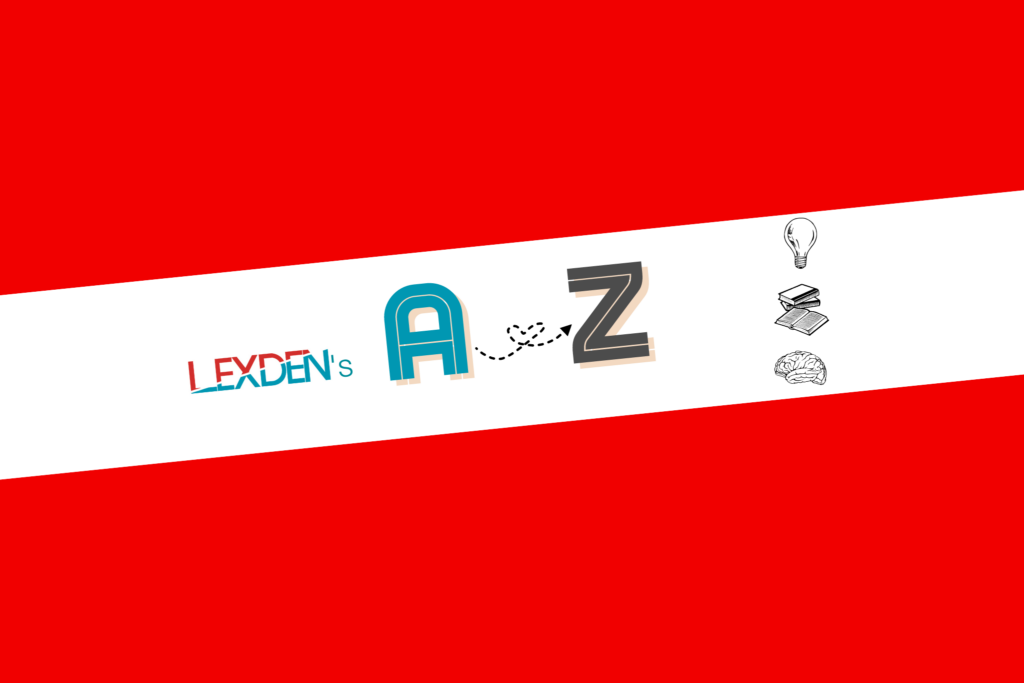In today’s digital age, businesses emphasize two crucial elements: Customer Experience (CX) and User Experience (UX). Despite their interchangeable use, they signify separate yet interconnected aspects. Let’s delve into the disparities and common ground between them.
CX encompasses all customer interactions with a brand, spanning from the first contact to the ongoing relationship. It includes touchpoints like advertising, customer service, and product design. In contrast, UX centres on a user’s digital interaction, involving design, functionality, and ease of use.
UX significantly influences CX. A subpar digital experience might drive users away, impacting overall CX negatively. Conversely, a seamless UX enhances CX, fostering positive brand perception. However, UX is just a part of the broader CX spectrum.
Harmonizing Discreet Experiences
CX consists of phases like pre-purchase, purchase, usage, and non-purchase stages. These diverse touchpoints influence a customer’s perception. Harmonizing these experiences is pivotal, ensuring they align with the brand, flow seamlessly, and meet customer expectations.
UX, nestled within CX, requires alignment with the organization’s overall customer strategy. Both disciplines share fundamental methodologies, such as user research and usability testing. Balancing technology focus in UX with customer-centricity in CX fosters a cohesive approach.
Common Activities in CX and UX: Bridging the Gap
- UX refers to User research. CX refers to customer research of customer insights: To create a product that meets the user’s needs, you need to understand their goals, behaviours, and pain points through surveys, interviews, and usability testing.
2. UX refer to Usability. CX refer to product/ service experience design: How easy it is for users/customers to navigate and interact with a product/experience.
3. UX refer to Accessibility. CX refer to Accessibility design: the practice of designing products/experiences that can be used by people with disabilities.
4. UX refer to Visual design. CX refer to product/ service experience design: it affects how users/customers perceive and interact with a product/experience.
5. UX refer to Iteration. CX refer to Continuous Improvement: the iterative process of continually testing and refining designs based on user/customer feedback.
In essence, while CX and UX maintain their distinctions, they share a symbiotic relationship. By embedding UX within your customer experience and aligning both with customer needs, businesses craft a customer-centric approach. This synergy ensures seamless, positive experiences across all touchpoints, solidifying customer loyalty and brand success.


